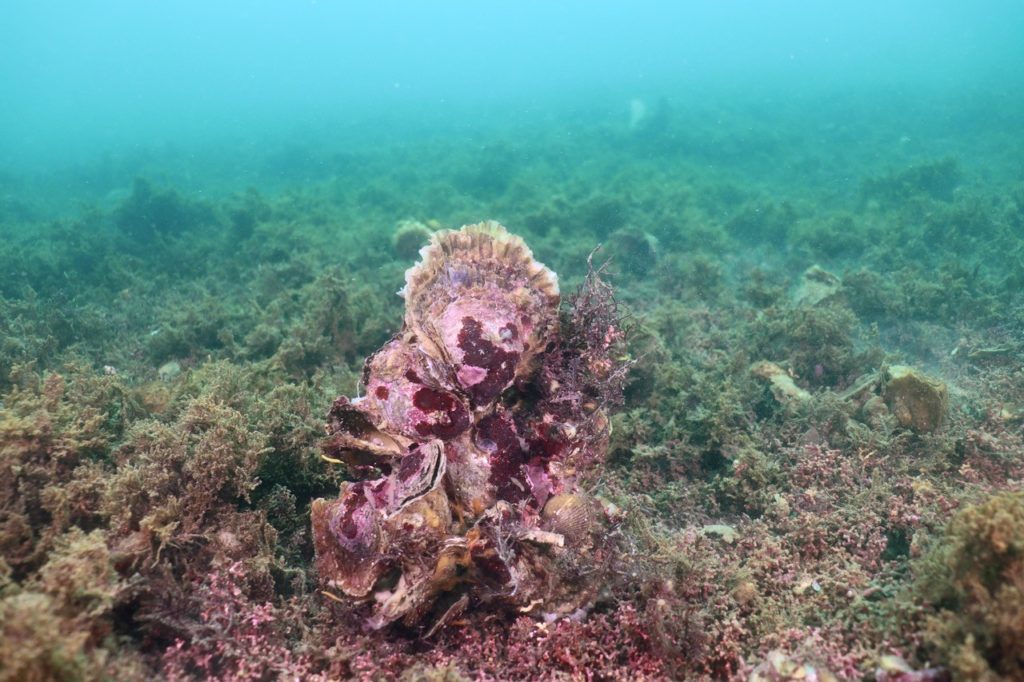Oysters once formed extensive reefs along much of Europe's coastline - but these complex ecosystems were destroyed over a century ago, new research shows.
Based on documents from the 18th and 19th Centuries, the study reveals that European flat oysters formed large reefs of both living and dead shells, providing a habitat supporting rich biodiversity.
Today these oysters are mostly found as scattered individuals - but the researchers found evidence of reefs almost everywhere, from Norway to the Mediterranean, covering at least 1.7 million hectares, an area larger than Northern Ireland.
The research was led by the University of Exeter and the University of Edinburgh.
Native oyster reefs created their own ecosystems, full of a diverse range of underwater life - supporting a greater number of species than surrounding areas.

In addition to creating homes for the almost 200 recorded fish and crustacean species, the oysters also played a vital role in stabilising shorelines, nutrient cycling and water filtration - with a single adult oyster filtering up to 200 litres of water a day.
Restoration projects are under way across Europe - and small-scale habitat restoration, such as The Wild Oyster Project, led by ZSL and partners, are key stepping stones to the return of these vital ecosystems on an international scale.
However, restoration efforts need to be scaled up with support from governments and other decision makers across the continent.
"Human activities have affected the ocean for centuries," said Dr Ruth Thurstan, from the University of Exeter and part of the Convex Seascape Survey, an ambitious five-year project examining ocean carbon storage.
"This makes it difficult to discover what our marine ecosystems used to look like, which in turn hampers conservation and recovery.
"Few people in the UK today will have seen a flat oyster, which is our native species. Oysters still exist in these waters but they're scattered, and the reefs they built are gone.
"We tend to think of our seafloor as a flat, muddy expanse, but in the past many locations were a three-dimensional landscape of complex living reefs - now completely lost from our collective memory."







